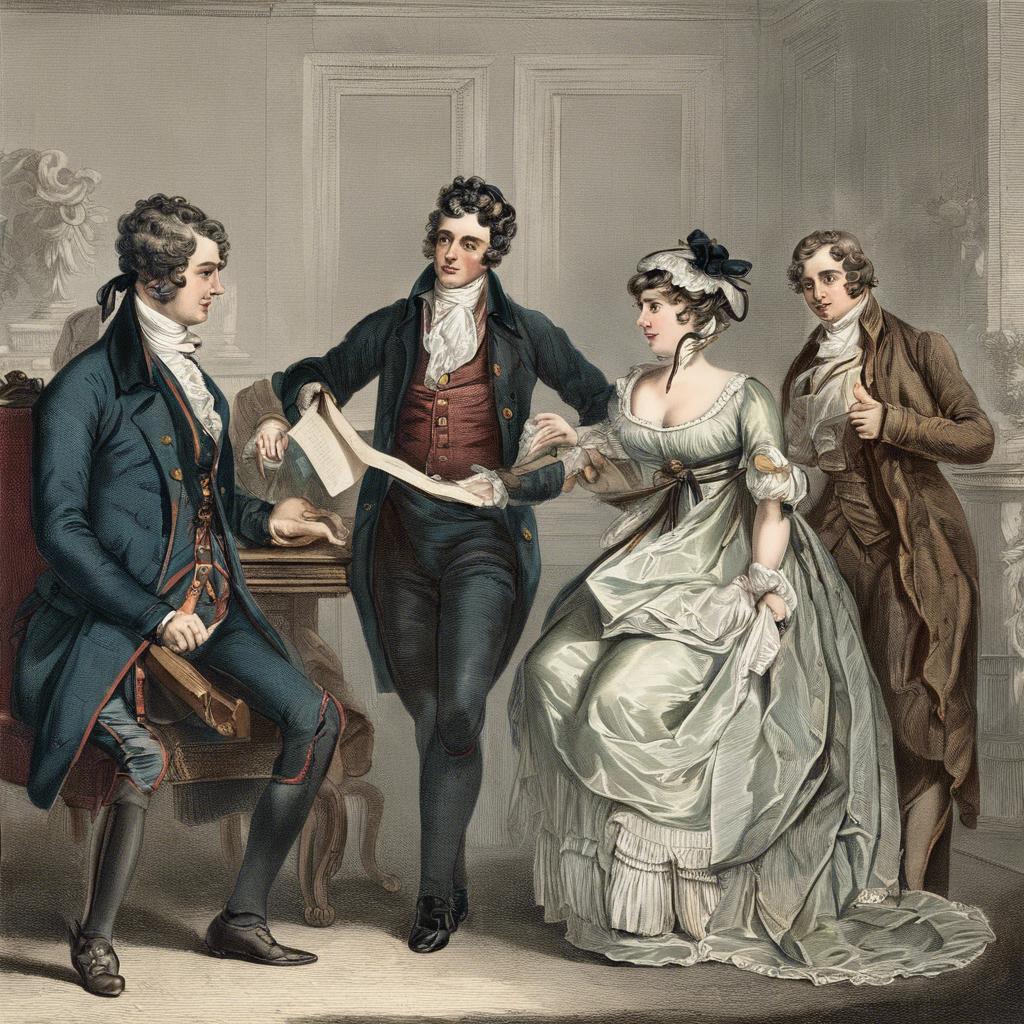In the illustrious days of the Regency era, a period marked by elegance, refinement, and social grace, one’s ability to eloquently converse was considered a hallmark of breeding and sophistication. Today, as we seek to immerse ourselves in the charming world of Jane Austen and other literary giants of the time, mastering the art of Regency-era speech can add a delightful touch of authenticity to our conversations. From the intricacies of formal address to the nuances of polite conversation, this article will guide you through the essential elements of speaking like a true Regency gentleman or lady. So, let us journey back in time and adorn our modern speech with the timeless elegance of the Regency era.
Step Into the World of Cheryl Bolen
Dive into the enchanting stories of love, intrigue, and elegance set in the Regency Era. Cheryl Bolen's novels offer timeless romance and captivating tales that will leave you wanting more.
Explore Cheryl Bolen's Books Now
Introduction: Understanding the Regency Era Language
The Regency Era, spanning from 1811 to 1820, was a period of remarkable cultural and linguistic evolution in England. Understanding the language of this time can enrich our appreciation of the literature and social customs of the era. Here are some key tips on how to talk like a true Regency era gentleman or lady:
Embrace Polite Expressions: Politeness and propriety were highly valued during the Regency era. Using courteous phrases such as “I beg your pardon” instead of “excuse me” or “I am obliged to you” instead of “thank you” can help you sound more authentic in your Regency-era conversations.
Expand Your Vocabulary: The language of the Regency era was rich and nuanced, with many words and expressions that have fallen out of common usage today. Incorporating terms like ”pray tell” for “please tell me” or “charming” for “lovely” can lend an air of elegance to your speech.
Master the Art of Indirect Communication: Regency society placed a premium on discretion and subtlety in communication. Instead of speaking directly, individuals often used wit, innuendo, and clever turns of phrase to convey their messages. Practice employing indirect communication techniques to truly capture the linguistic spirit of the Regency era.
Vocabulary: Key Terms and Phrases of the Regency Era
During the Regency Era, there were several key terms and phrases that were commonly used in everyday conversation. By incorporating these words into your vocabulary, you can transport yourself back to the elegant and refined world of early 19th-century England.
One popular term of the Regency Era was “ton,” which referred to the highest level of society or fashionable society. If someone was considered “ton,” it meant they were a part of the elite social circles and adhered to the strict rules of etiquette and decorum.
Another important phrase from this era is ”Almack’s Patronesses,” which referred to the influential women who were in charge of selecting guests for the prestigious Almack’s Assembly Rooms in London. Gaining the favor of these women was essential for gaining entrance to the most exclusive social events of the time.
Grammar: Proper Usage and Structure in Regency Era Communication
In the Regency Era, proper grammar usage and structure were essential in communication, reflecting one’s social status and education. To master the art of speaking like a true Regency-era gentleman or lady, attention to detail is crucial. Here are some tips to help you elevate your language to match the eloquence of the time:
Choose Your Words Wisely:
- Utilize formal vocabulary to convey sophistication and refinement.
- Avoid slang and colloquialisms that may be deemed inappropriate for polite society.
Sentence Structure:
- Emphasize the use of complex sentences with proper punctuation for a more elegant and refined expression.
- Incorporate subordinate clauses and intricate phrasing to enhance the depth and nuance of your speech.
Politeness and Decorum:
- Always address others with respect and courtesy, using titles and honorifics when appropriate.
- Employ formal greetings and farewells to demonstrate politeness and adherence to societal conventions.
| Formal Vocabulary | Refined |
| Colloquial Language | Inappropriate |
Etiquette: Politeness and Decorum in Regency Era Conversation
In Regency Era conversation, politeness and decorum were of utmost importance. To talk like a true Regency-era gentleman or lady, one must adhere to the following etiquette guidelines:
Politeness
Politeness was highly valued in Regency Era society. When engaging in conversation, always remember to be courteous and respectful towards others. Avoid interrupting or speaking over someone, and always listen attentively when others are speaking.
Decorum
Decorum in conversation meant maintaining a level of dignity and propriety at all times. When speaking, be mindful of your language and tone, using proper grammar and avoiding coarse language. Additionally, always address others with the appropriate titles and show deference to those of higher social standing.
Conversation Topics
- Discuss current events and topics of interest
- Avoid controversial subjects such as politics or religion
- Talk about literature, art, and music
Key Takeaways
adopting the speech patterns and vocabulary of the Regency era can lend an air of sophistication and elegance to your communication. By incorporating these linguistic elements into your conversations, you can transport yourself back to a time of grandeur and refinement. So next time you find yourself longing for the charm and grace of the past, remember to channel your inner Regency dandy and speak the language of Jane Austen’s world. Farewell, dear reader, and may your eloquence be as timeless as the era we have explored together.


